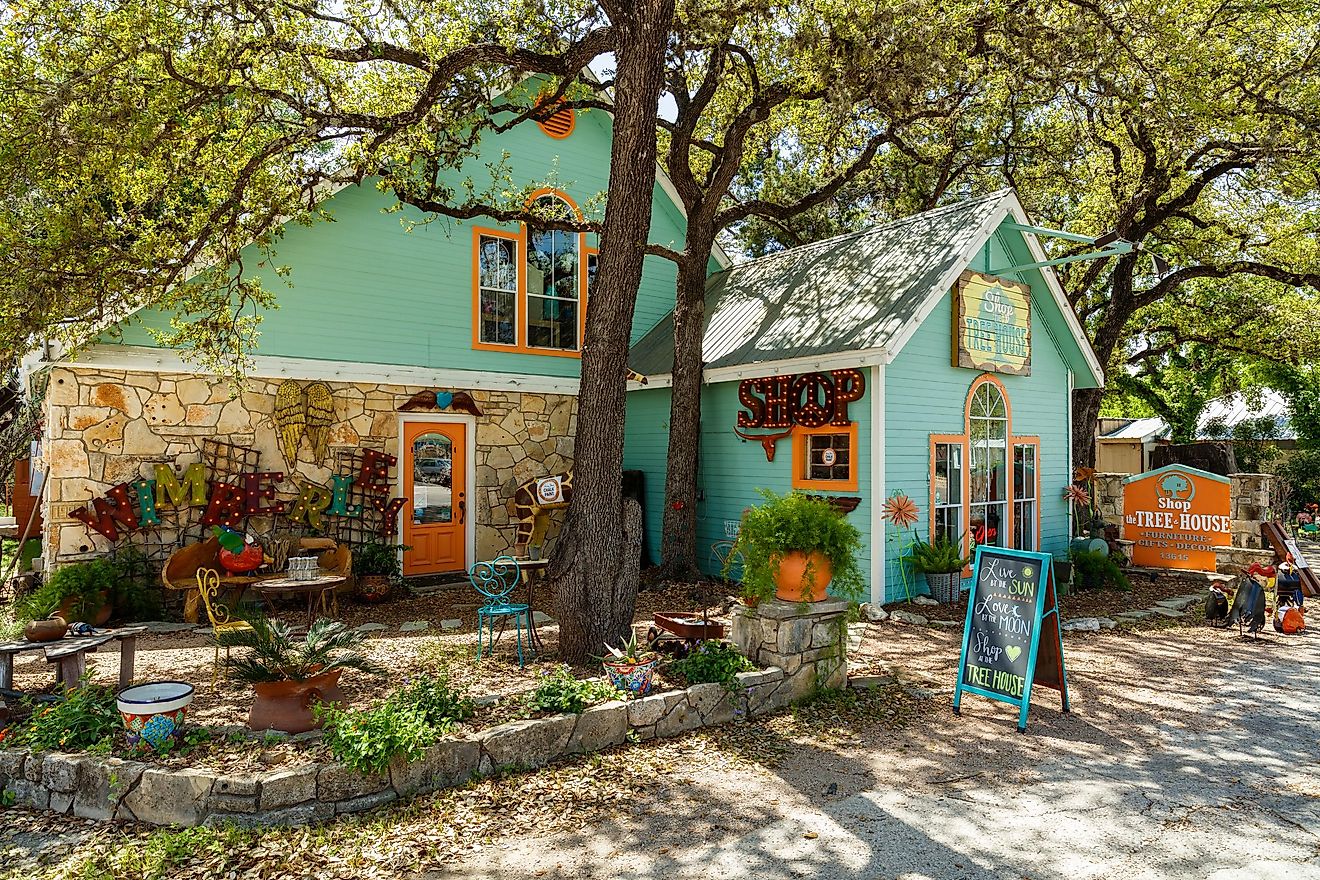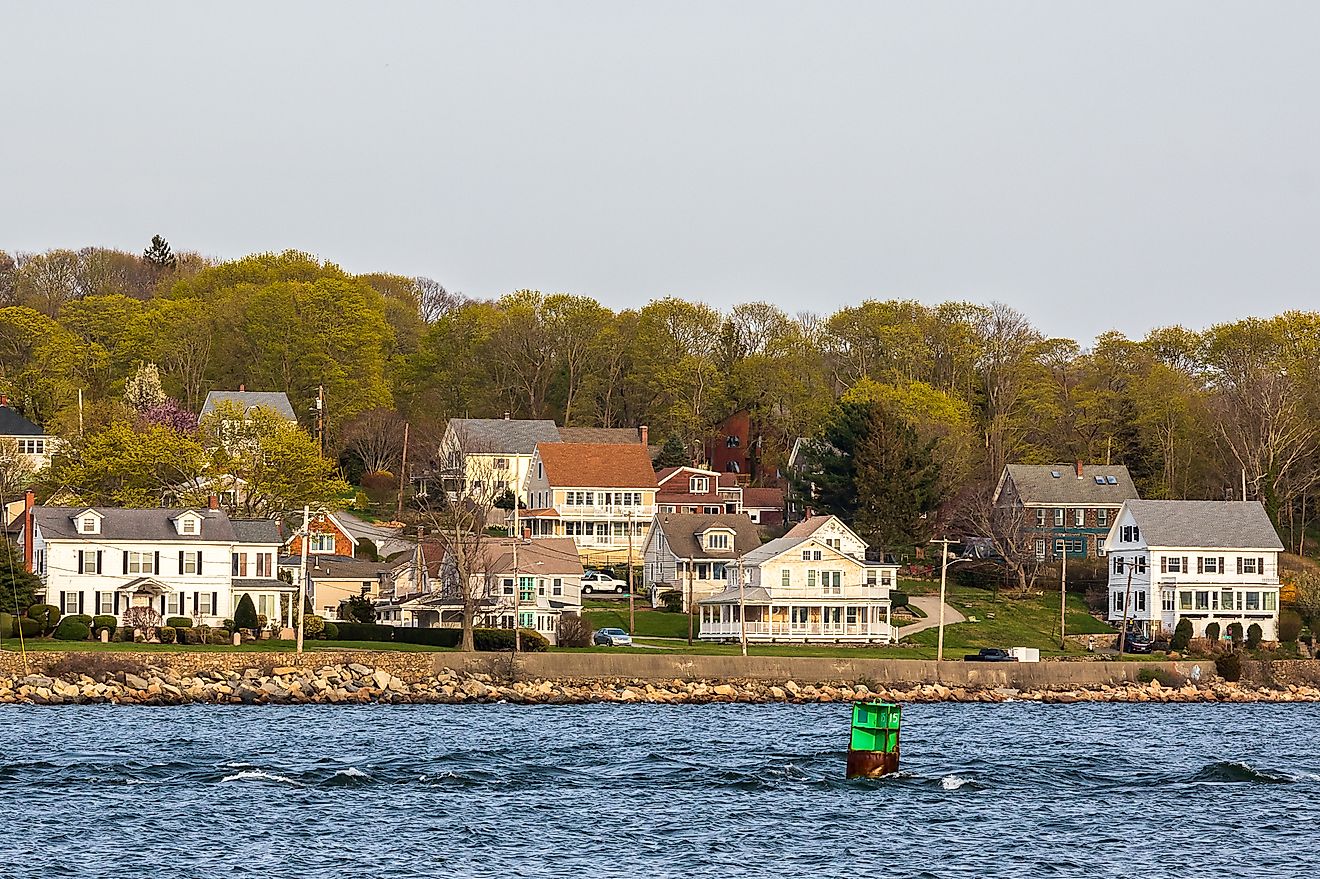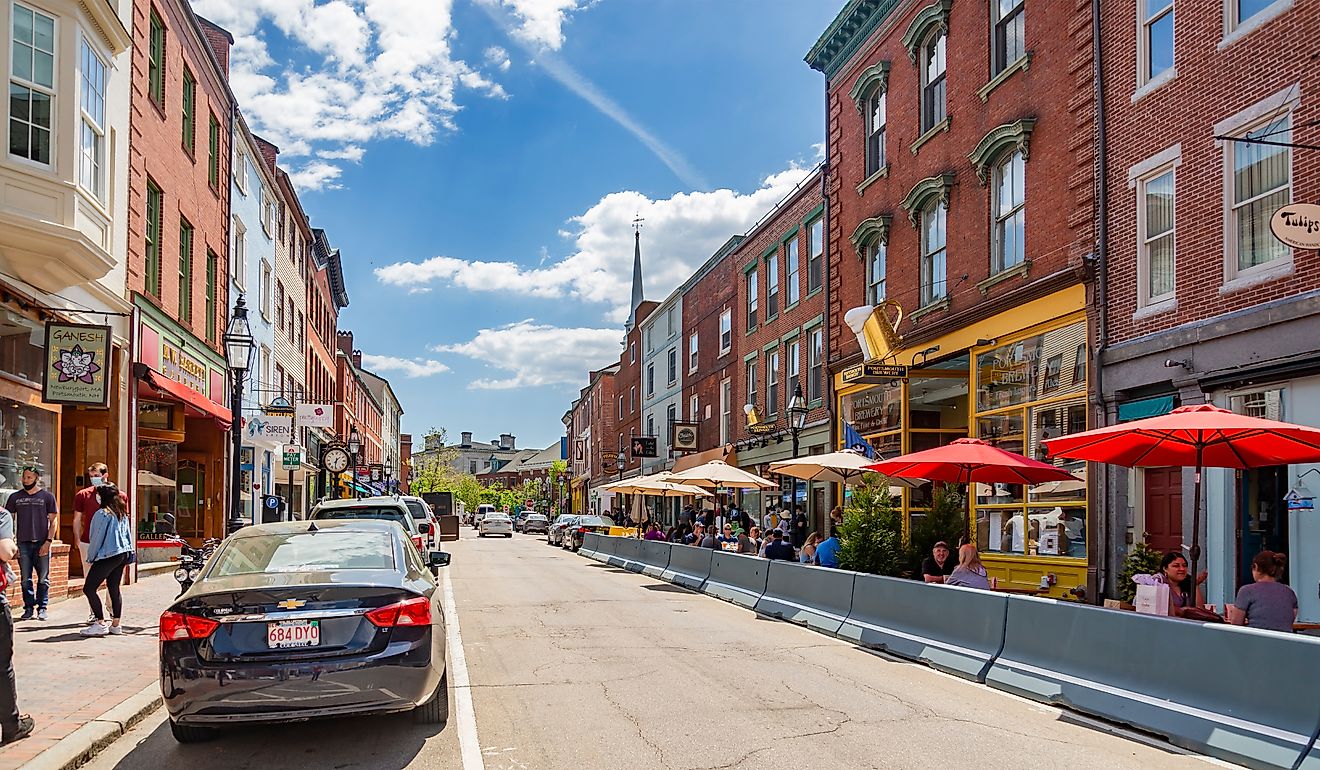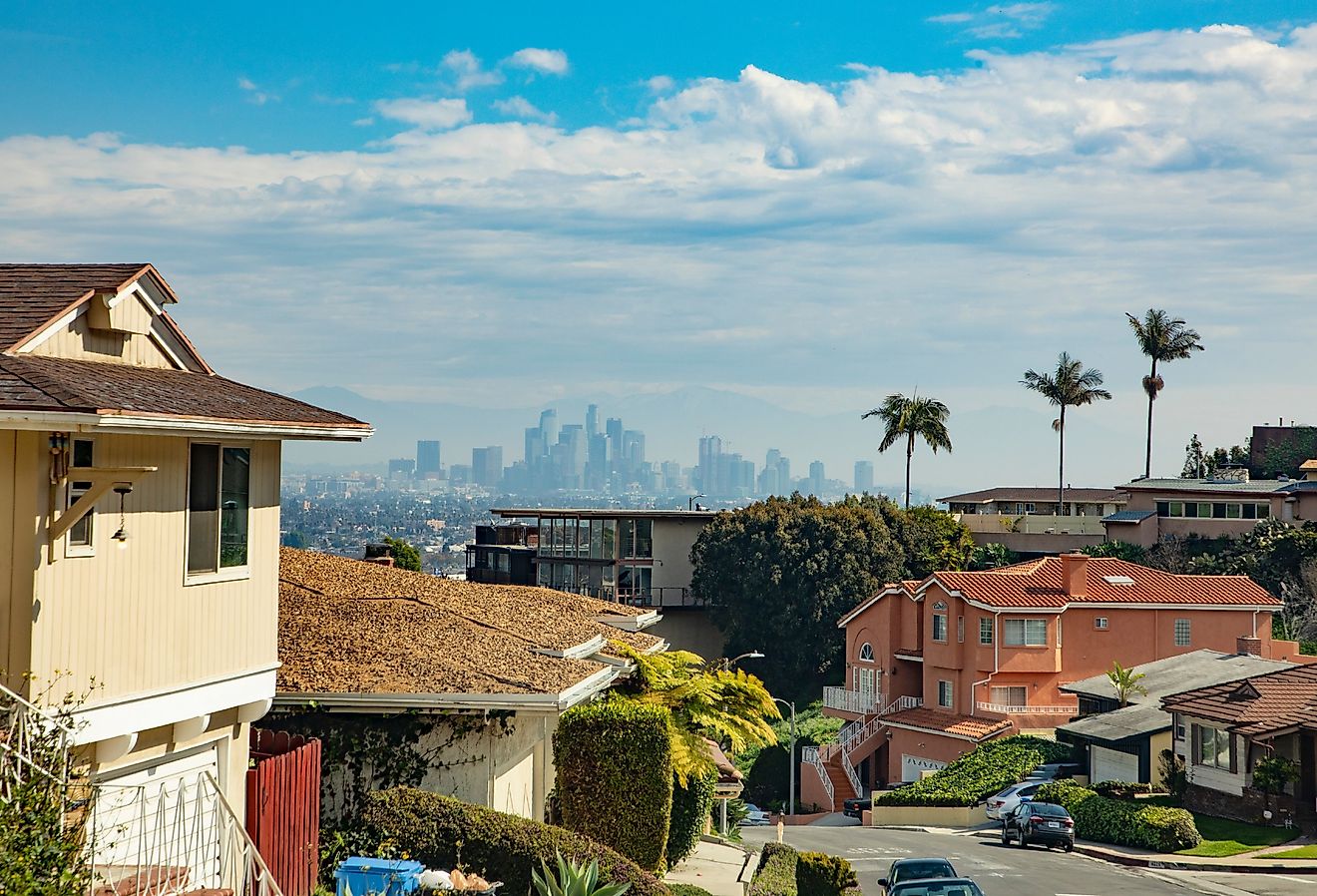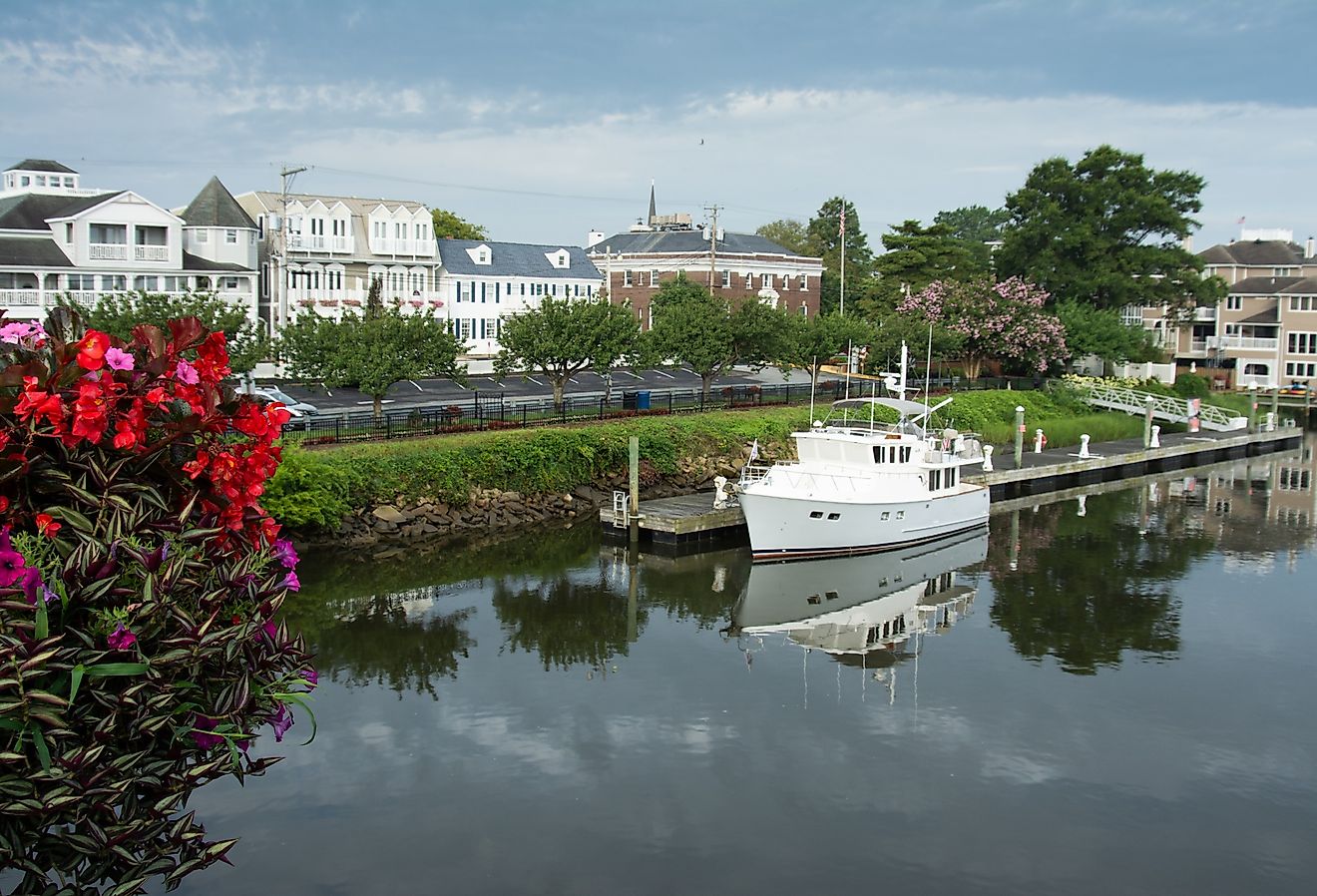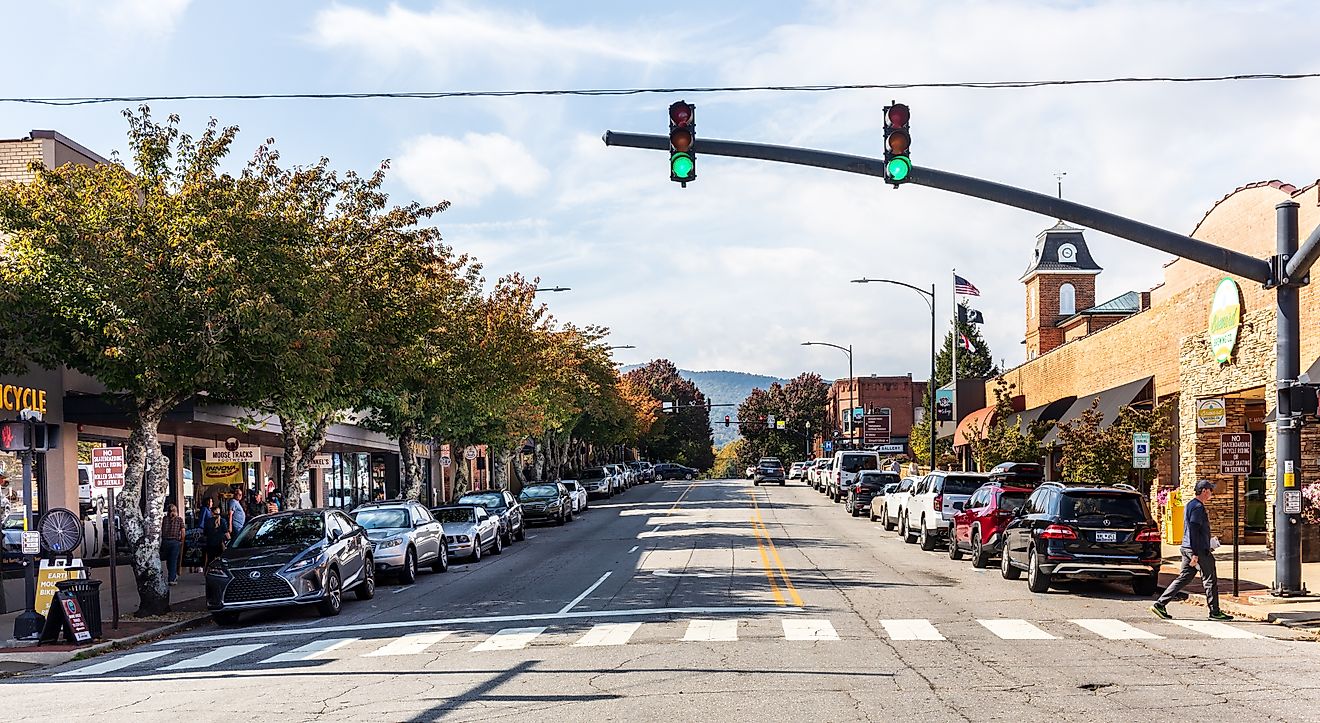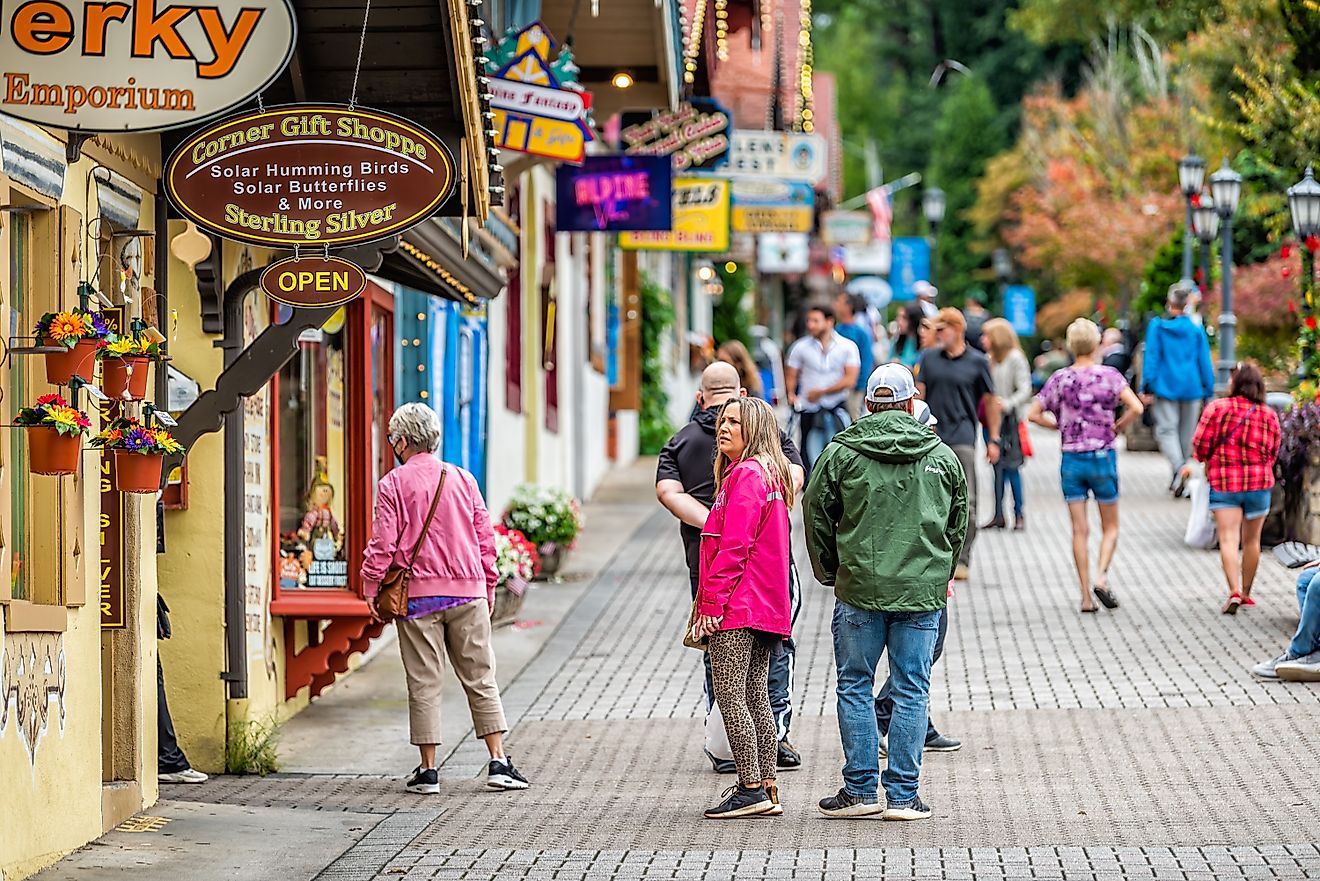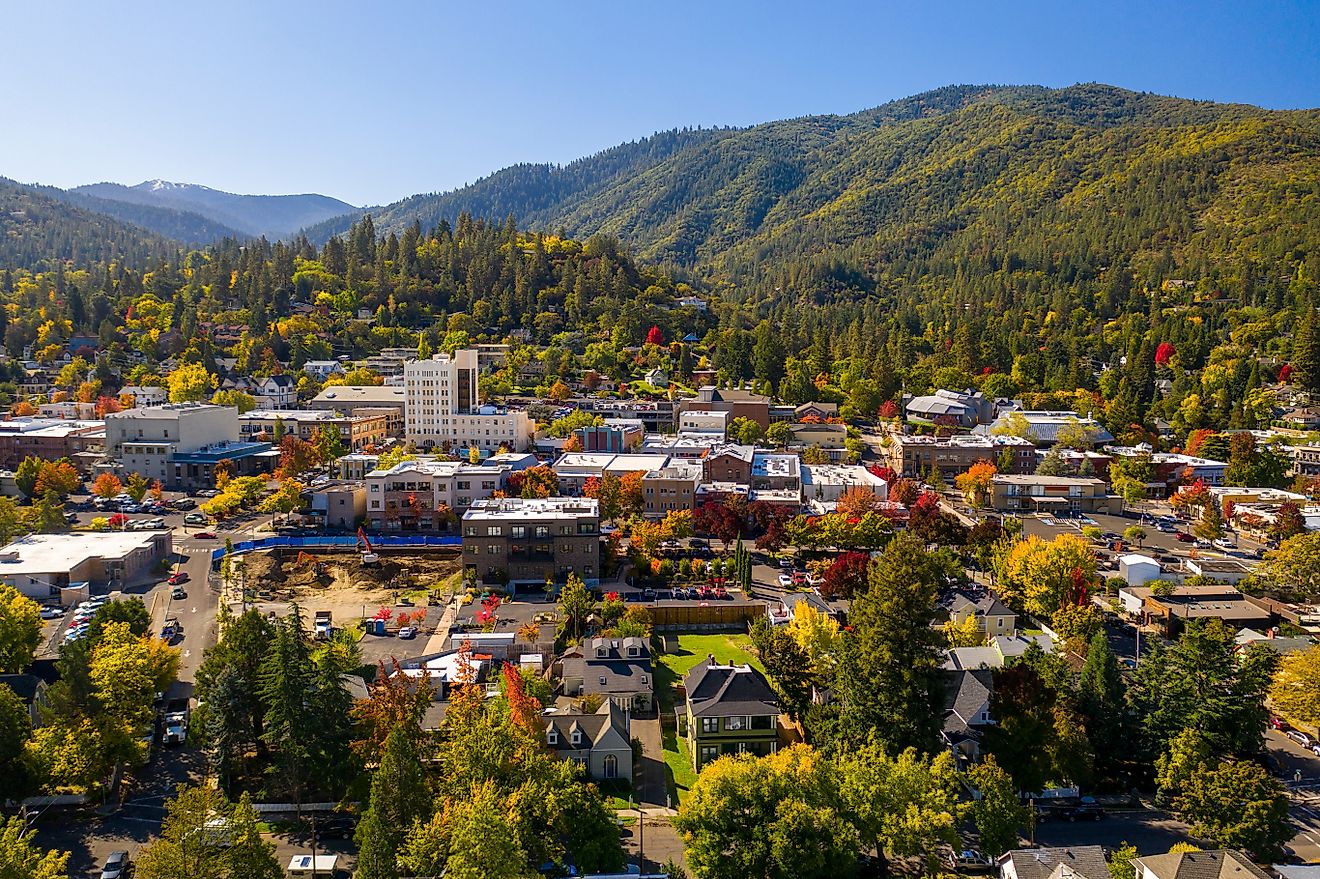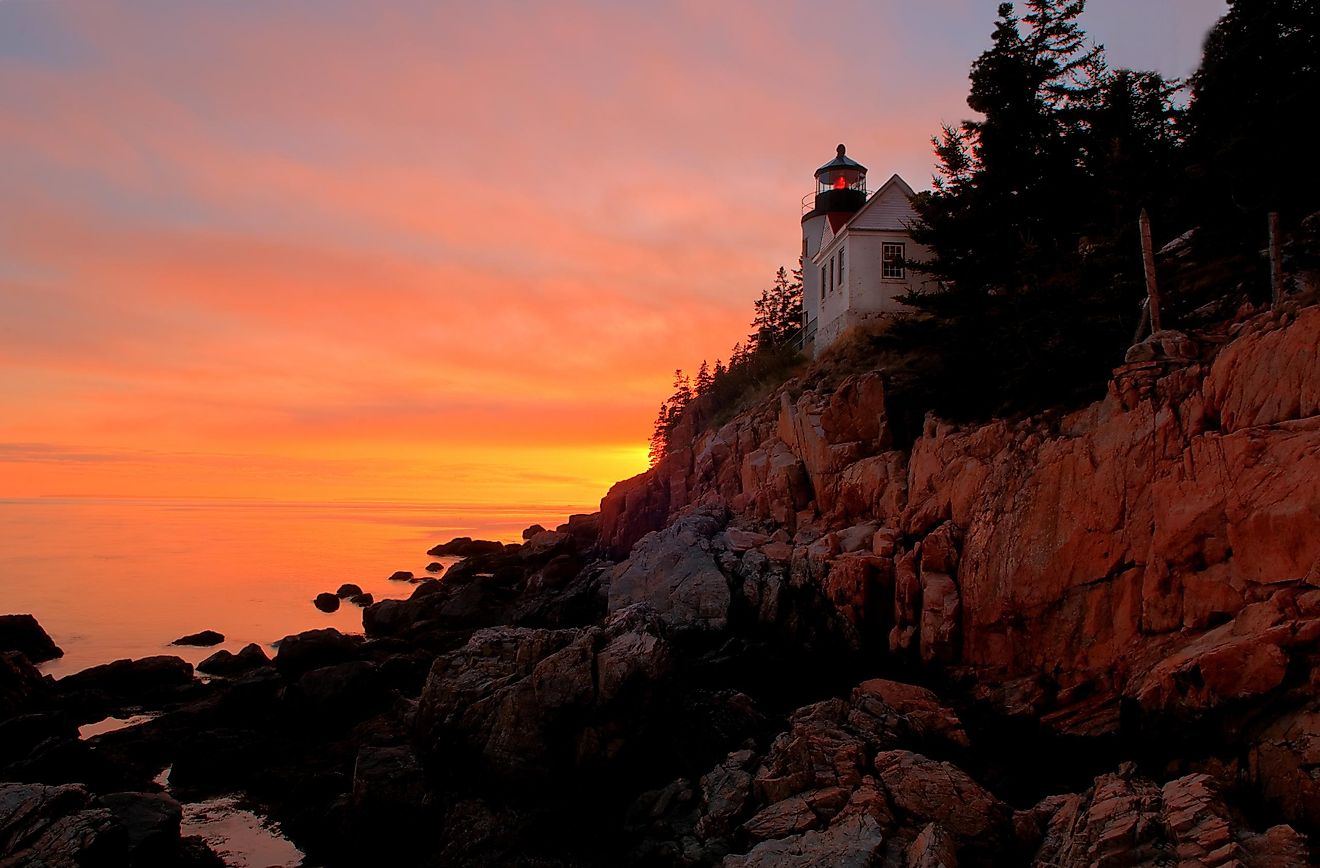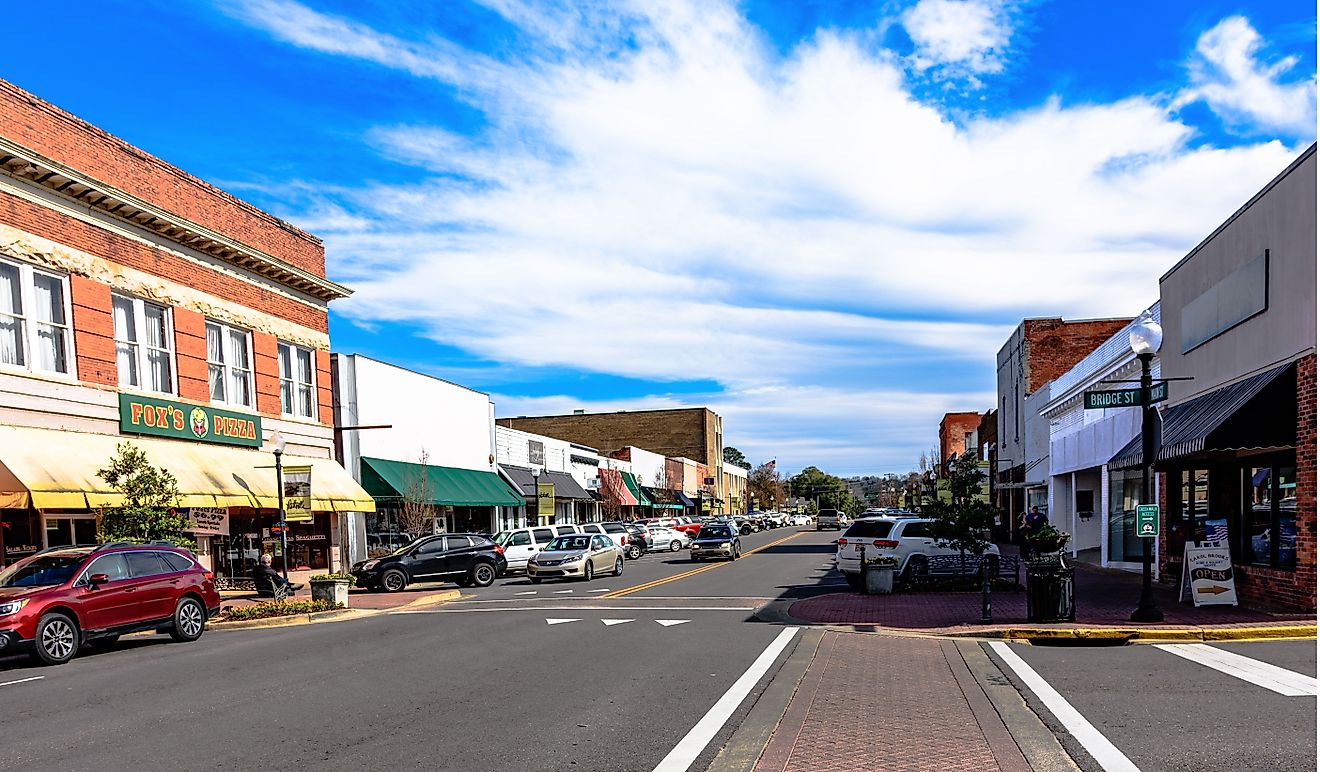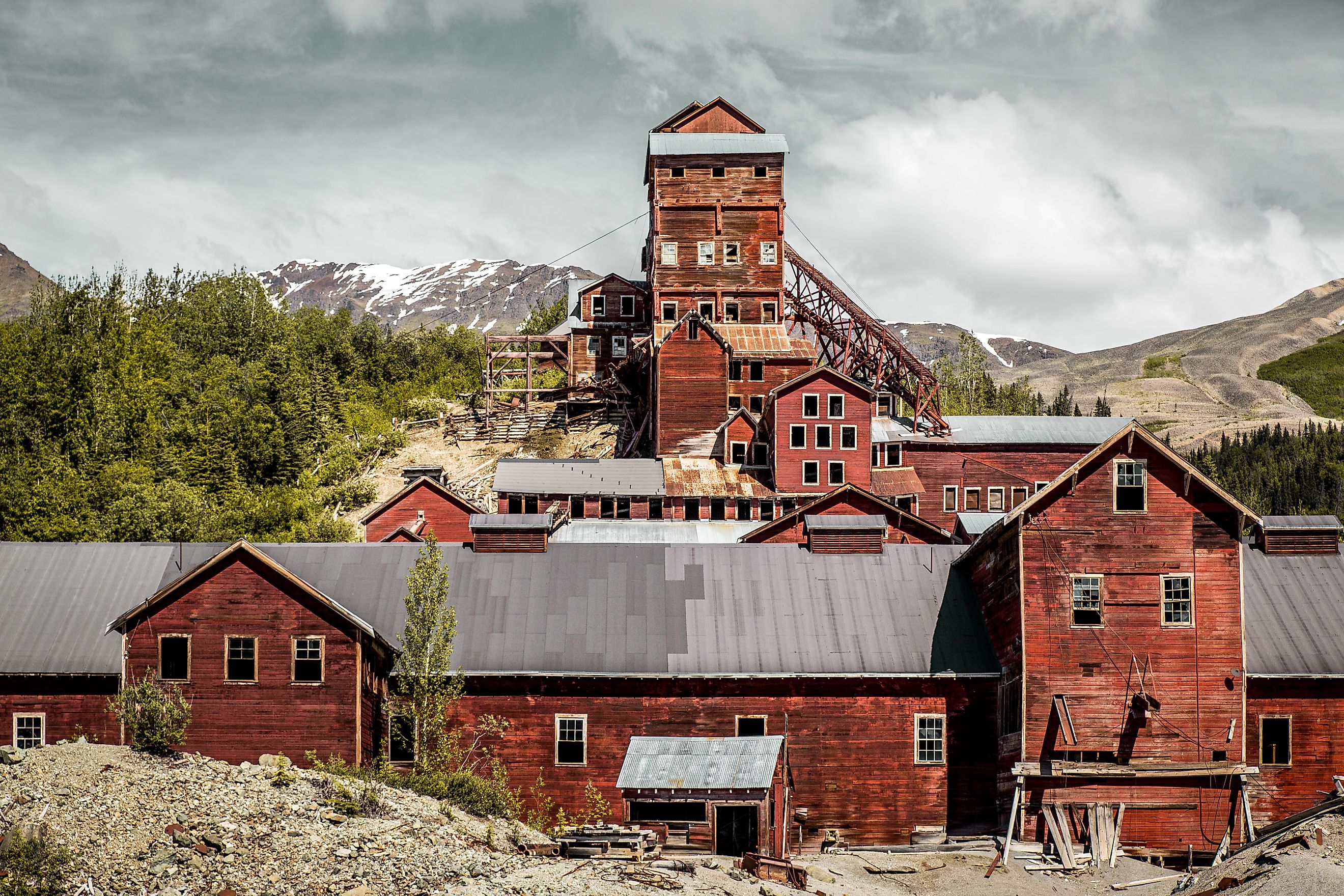
8 Strangest Landmarks in Alaska
Alaska, known for its vast wilderness and rugged yet incredibly beautiful landscapes, is also home to some of the country's most unusual and intriguing landmarks. From historic remnants to oversized sculptures, there are a plethora of destinations within its borders that can definitely be described as interesting, if not outright bizarre.
These offbeat attractions promise to create unforgettable memories during any adventure in the far northern state. Whether gazing up at the towering, whimsical structure of the so-called Dr. Seuss House or exploring the icy artistry inside the Aurora Ice Museum near Fairbanks, each stop showcases a different side of Alaska’s unique character.
Dr. Seuss House
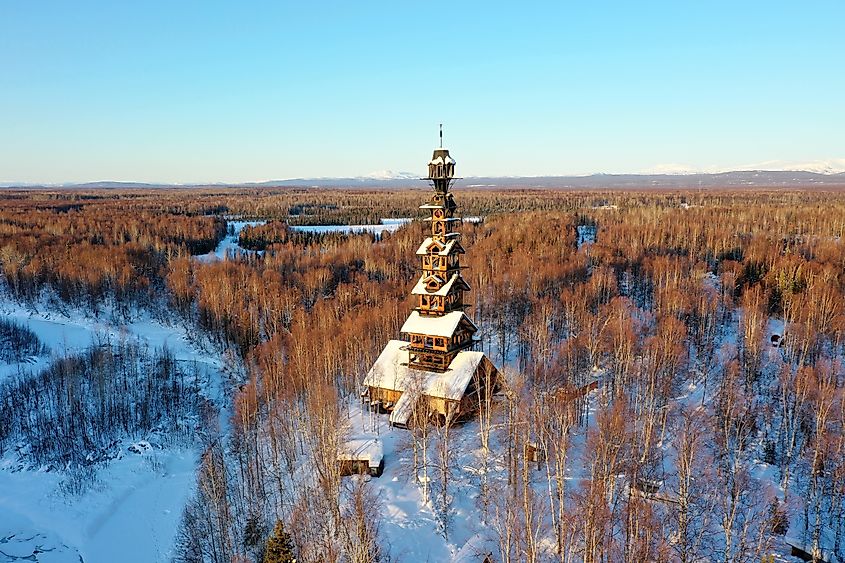
Towering above the treetops of Willow, Alaska, the so-called Dr. Seuss House is an imposing 185-foot-tall wooden structure that looks more like a precarious stack of traditional cabins than an actual home. Officially named the Goose Creek Tower, this bizarre landmark was built by Anchorage attorney Phillip Weidner, who reportedly wanted a home with views stretching to Denali (Mount McKinley).
Construction began after a forest fire cleared the land in the 1990s, but the ever-growing design turned it into a labyrinth of staircases and additions throughout the years. Its seemingly haphazard construction has led to comparisons with Dr. Seuss' illustrations, though there is no official connection to the author.
Though privately owned and closed to visitors, the house’s unusual, top-heavy silhouette is visible from the Parks Highway.
Aurora Ice Museum

The Aurora Ice Museum is a unique attraction built entirely from ice and snow, located on the outskirts of Fairbanks, near the famed Chena Hot Springs. Open year-round, the museum is home to intricate sculptures, ornate walls, and even furniture crafted with ice harvested from local sources.
Created by ice artists Steve and Heather Brice, this incredible landmark focuses on sculptures inspired by Alaskan wildlife, local history, and the Aurora Borealis. Part of the Chena Hot Springs Resort, the Aurora Ice Museum is kept at a chilly 25 degrees Fahrenheit, allowing the sculptures to maintain their delicate details without melting.
One of its other standout attractions is the ice bar, where you can sip on drinks served in ice glasses! As one of the few ice museums in the world, this must-see attraction in Fairbanks offers you a chance to make the best of Alaska's cold climate at any point throughout the year.
Santa Claus House
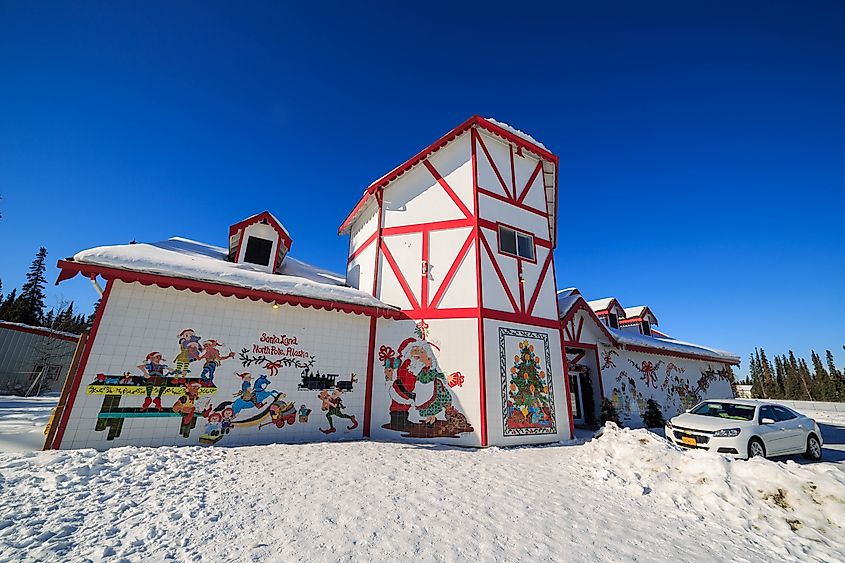
Appropriately located in the small town of North Pole, the Santa Claus House is one of the state's most beloved and whimsical shops. Originally opened in 1952 as a general store, it quickly became a Christmas-themed attraction, complete with a giant Santa statue standing out front. The store’s oversized Santa has even become a bit of a local icon, drawing thousands of visitors each year from nearby Fairbanks and the surrounding area.
Inside, you will find an extensive collection of holiday decorations, gifts, and toys, along with the famous Santa Claus mailbox, which receives letters from children around the world. The shop also features a year-round "Santa’s Workshop," where you can also meet Santa and snap a photo.
As a significant part of the town’s festive charm, the Santa Claus House has grown into a year-round celebration of Christmas, including various special events and holiday activities for all to enjoy.
Burial Spirit Houses of Eklutna
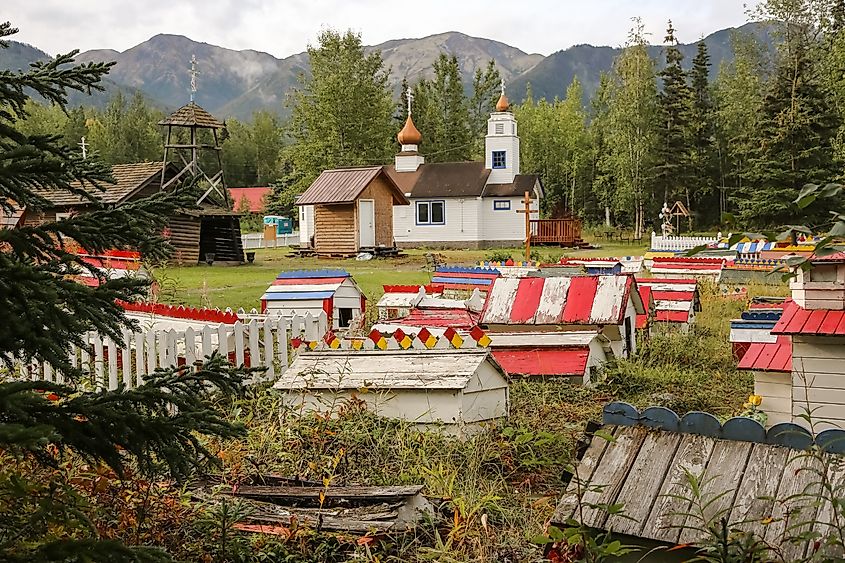
In Eklutna, a small Native village just north of Anchorage, this destination stands as a fascinating cultural landmark, deeply tied to the area's interesting mix of Indigenous and Russian Orthodox influences.
The colorful, small wooden structures, called "burial spirit houses," are located in the Eklutna Historical Park and have been used to honor the deceased in a highly unique way. This tradition has continued through the local Dena'ina Athabaskan people for generations. Built atop the graves of their ancestors within a settlement that dates back over 800 years, the spirit houses were a more modern addition, brought over by Russian settlers when they colonized the region in the 1700s.
They are decorated with eye-catching bright paints and adorned with Orthodox Christian and native spiritual symbols. The doll-house-like structures are then left to eventually rot in accordance with the traditional Dena'ina Athabaskan belief that the dead must fully return to the earth (having previously relied on cremating their dead before the arrival of the Orthodox missionaries).
The Saint Nicholas Orthodox Church, which sits beside this cemetery, is another visually appealing attraction. Its classic Eastern European architecture stands out amid the area's dense woods.
Utqiagvik Whale Bone Arch
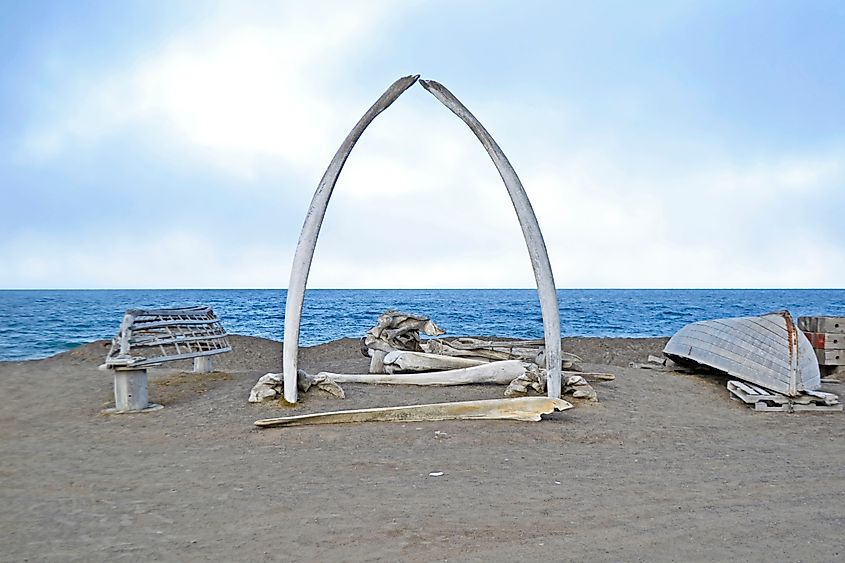
In the farthest northern reaches of Alaska (and the country as a whole), the community of Utqiagvik (formerly Barrow) is home to the Whale Bone Arch, which stands as a distinctive testament to the region’s indigenous heritage and its inhabitants' hardy relationship with the sea. Of course, this remarkable structure is made from the bones of bowhead whales, which have been an essential part of the subsistence lifestyle of the Iñupiat people for centuries.
The arch, located near the town's extensive Arctic Ocean waterfront, features several large whale vertebrae arranged to form a towering archway. It serves not only as a symbol of the Iñupiat's long history of whaling but also as a welcoming landmark for visitors arriving in the northernmost community in the United States.
Kennicott Ghost Town

The Kennicott Ghost Town rests within the remote Wrangell-St. Elias National Park, and gives you a haunting glimpse into Alaska’s storied mining history. The town (more of a mining camp) served as the hub for the Kennicott Copper Mine, one of the world's largest copper operations at its peak in the early 1900s. At one point, it housed hundreds of workers who toiled away tirelessly to extract ore from the surrounding mountains.
By the 1930s, the mine closed due to declining copper prices and operational challenges. Once bustling with life, Kennicott was abandoned and left to deteriorate. Today, however, due to national preservation efforts, it remains largely intact, with many of its original structures, including the old mill, residential buildings, and the iconic red brick mine, still standing.
The Chicken Of Chicken
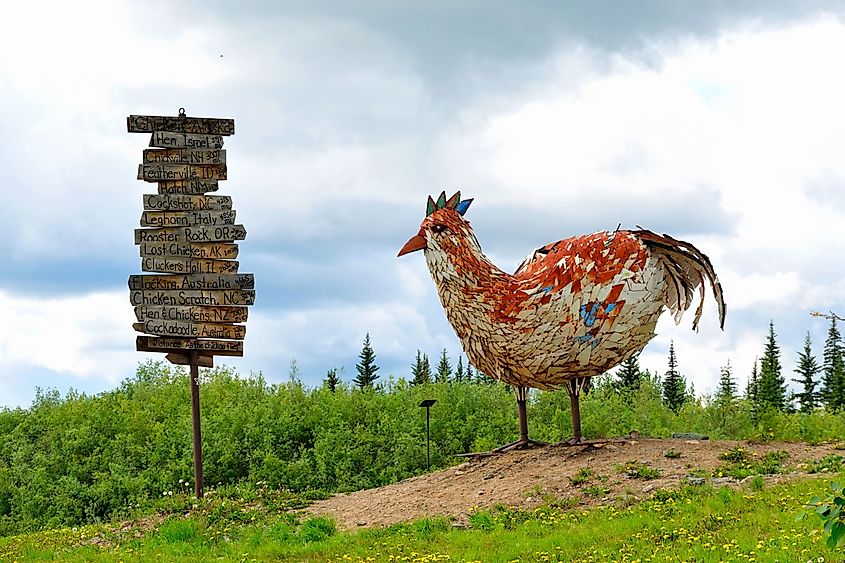
This Chicken statue stands as a quirky landmark in the remote community of Chicken, located along the Taylor Highway. The statue, a large, colorful metal chicken, was erected as part of the town’s celebration of its unusual name, which was derived from the once-plentiful ptarmigan grouse in the area. According to legend, the settlers couldn't agree on a proper spelling for the word "ptarmigan," so they went with the familiar "Chicken" instead.
Chicken’s chicken statue has become a beloved symbol of the town, drawing the attention of curious travelers passing through the area. It stands smack dab in the center of town and proudly greets visitors beside the Chicken Creek Outpost, one of the few restaurants in this very sparsely populated region of Alaska.
Hammer Museum
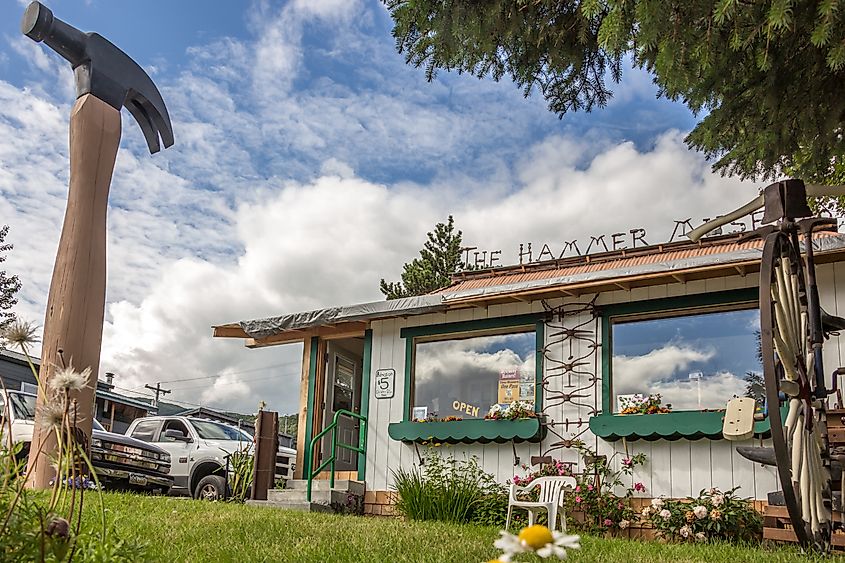
The Hammer Museum in Haines is a one-of-a-kind attraction dedicated to the history and art of hammers. Established in 2002, it holds the distinction of being the first museum in the world focused entirely on this simple yet essential tool. The museum's collection includes over 7,000 items, with examples spanning from ancient civilizations to modern-day designs.
The museum’s various exhibits highlight the wide range of uses for hammers across industries and cultures, from construction and mining to arts and crafts. You can view rare and unusual hammer designs, such as those used by blacksmiths and other artisans, and even see a collection of artistic sculptures made with the tools.
The museum also stands out with its 20-foot-tall hammer statue on the front lawn, making it very easy to locate.
See the Weird Side of Alaska Today
From the inventive to the bizarre, these sites highlight the true uniqueness of Alaska’s diverse communities, whether urban or deeply rural. From a ghost town frozen in time to a giant chicken, each landmark mentioned above is a piece of the larger narrative that makes Alaska so fascinating.
So, supplement your adventure out to Denali National Park or around the coastal cities with these highly memorable spots that will both entertain you and teach you a little bit about America's biggest state.
